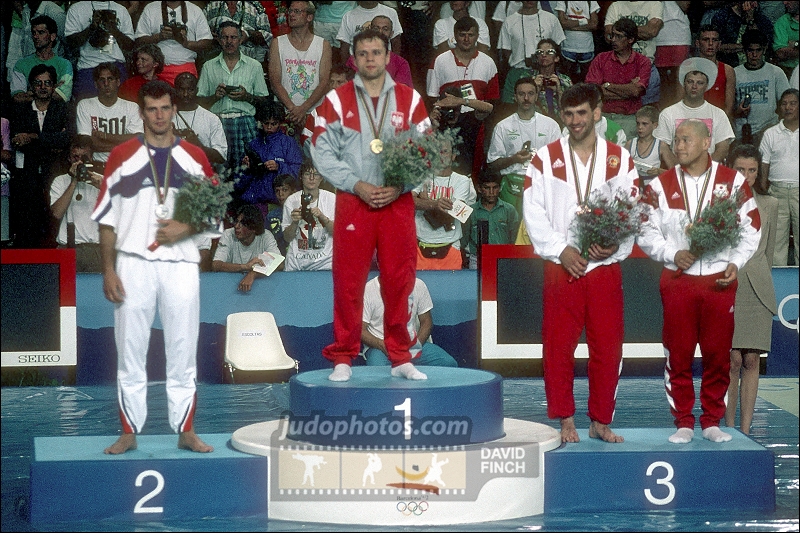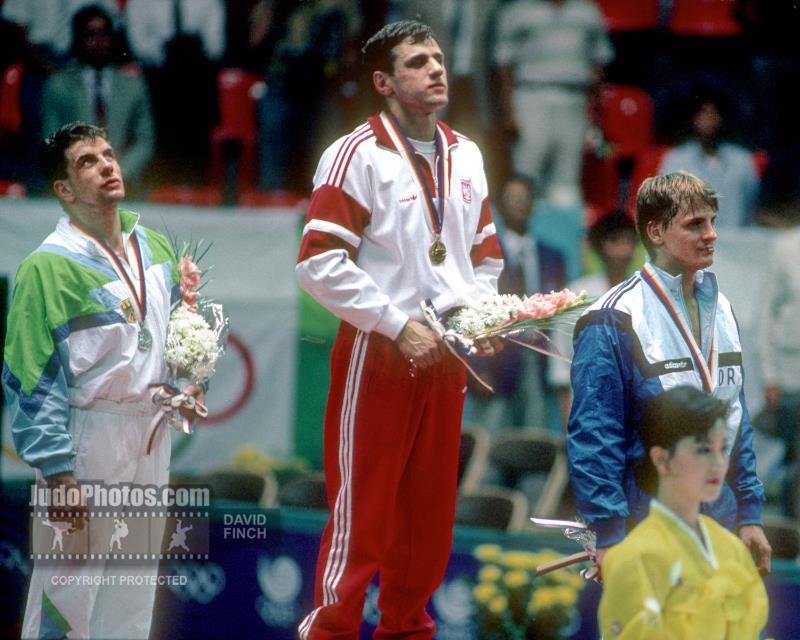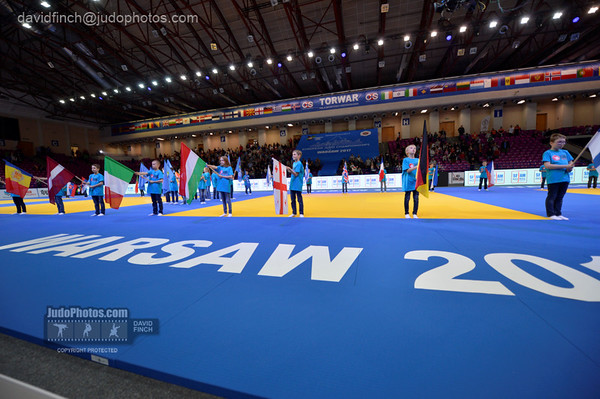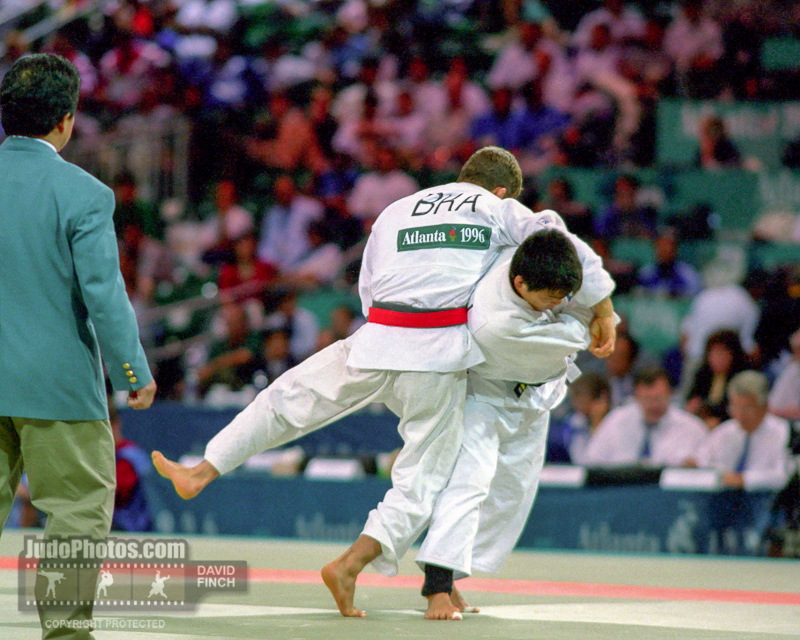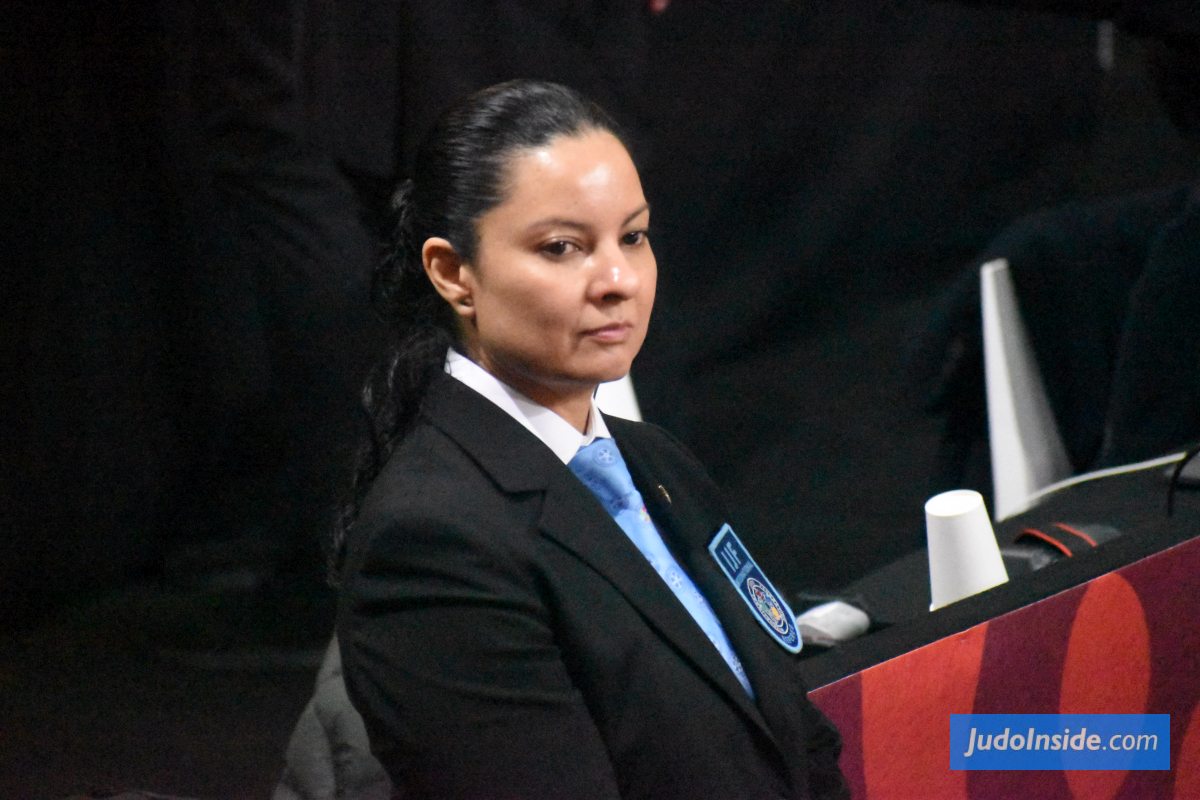Men changing weight class is not a guaranteed success

 12 Apr 2022 12:25
12 Apr 2022 12:25
 by JudoCrazy and JudoInside
by JudoCrazy and JudoInside
 Paco Lozano / Judo y Otros
Paco Lozano / Judo y Otros
At the 2022 Antalya Grand Slam, something remarkable happened. Italy’s Manuel Lombardo made it to the final. That in itself is not so surprising. Lombardo is a top-class competitor who has beaten some of the world’s best players. What’s interesting is that he did it at U73kg, a brand-new weight class for him. Normally, it takes a player much longer to acclimatize to fighting heavier opponents.
Also in Antalya Nikoloz Sherazadishvili, Spain’s double World Champion made his mark in his new U100kg weight class and immediately made it to the final. It was a confrontation between two double World Champions, Sherazadishvili vs Jorge Fonseca. They know each other so well, but have two complete different styles that clashed at the tatami in Antalya. The tall Sherazadishvili gained weight and has his life back as this category fits him well. It’s comparable to another tall guy and former World number one, Aleksandar Kukolj of Serbia who captured a bronze medal in Turkey on Sunday. He had some trouble finding his path into the category but switched in October 2020 and still qualified for the Olympic Games one year later thanks to a silver medal at the World Championships in Budapest, his last chance. Sherazadishvili’s path seems to go a lot smoother and he has all the time to adjust to the details to beat the elite in U100kg. Jorge Fonseca captured the gold convincingly and stood on the podium as smallest man with the biggest smile.
Not all top players are able to successfully move up to a new weight class though. A good example of this is Uzbekistan’s Rishod Sobirov, who had won the World title twice and was an Asian Games champion at U60kg. In 2012, he moved up to U66kg, rather unsuccessfully. Of his 10 IJF World Tour gold medals, eight were won at U60kg. Sobirov did manage to get gold medals at the 2014 Tashkent Grand Prix and the 2015 Samsun Grand Prix but these were not major events.
As a U60kg player, Sobirov had acquired an impressive four Grand Slam gold medals and two World Masters medal. As a U66kg player however, he was not able to win any more Grand Slam or World titles, although he was actively competing until 2016.
Moving up a weight class is quite a common phenomenon. As judo players age, their weights tend to increase. And indeed, many are successful at adjusting to a new weight class. The late, great Toshihiko Koga, for example, began his senior competition career at U71kg and won an Olympic gold and two World titles at that weight class. He later moved up to U78kg and won another World title as well as an Olympic silver medal in his new weight. Koga’s compatriot, Hidehiko Yoshida, was another one who successfully moved up a weight. He won his Olympic gold at U78kg and his World title at U86kg.
To win more than one Olympic gold medal in judo is a rare thing but to win two gold medals in two different weight classes, that is even rarer. Poland’s Waldemar Legien won his first Olympic gold in 1988 at U78kg and his second in 1992 at U86kg.
Czech Republic’s Lukas Krpalek has done something even more remarkable. Not only has he won two Olympic titles in two different weight classes, he has two World titles in two different weight classes as well. His first World title was won in 2014 at U100kg and later, he won it again in 2019 at +100kg. As for the Olympics, his first gold was in 2016 at U100kg and later, he got his second at the Tokyo Olympics in 2021 at +100kg.
 like
like
 share
share

| Result | City | Date |
|---|---|---|
| 2 | Paris | 2024 |
| 1 | Abu Dhabi | 2024 |
| 1 | Zagreb | 2024 |
| 3 | Belgrade | 2023 |
| 2 | Montpellier | 2023 |



